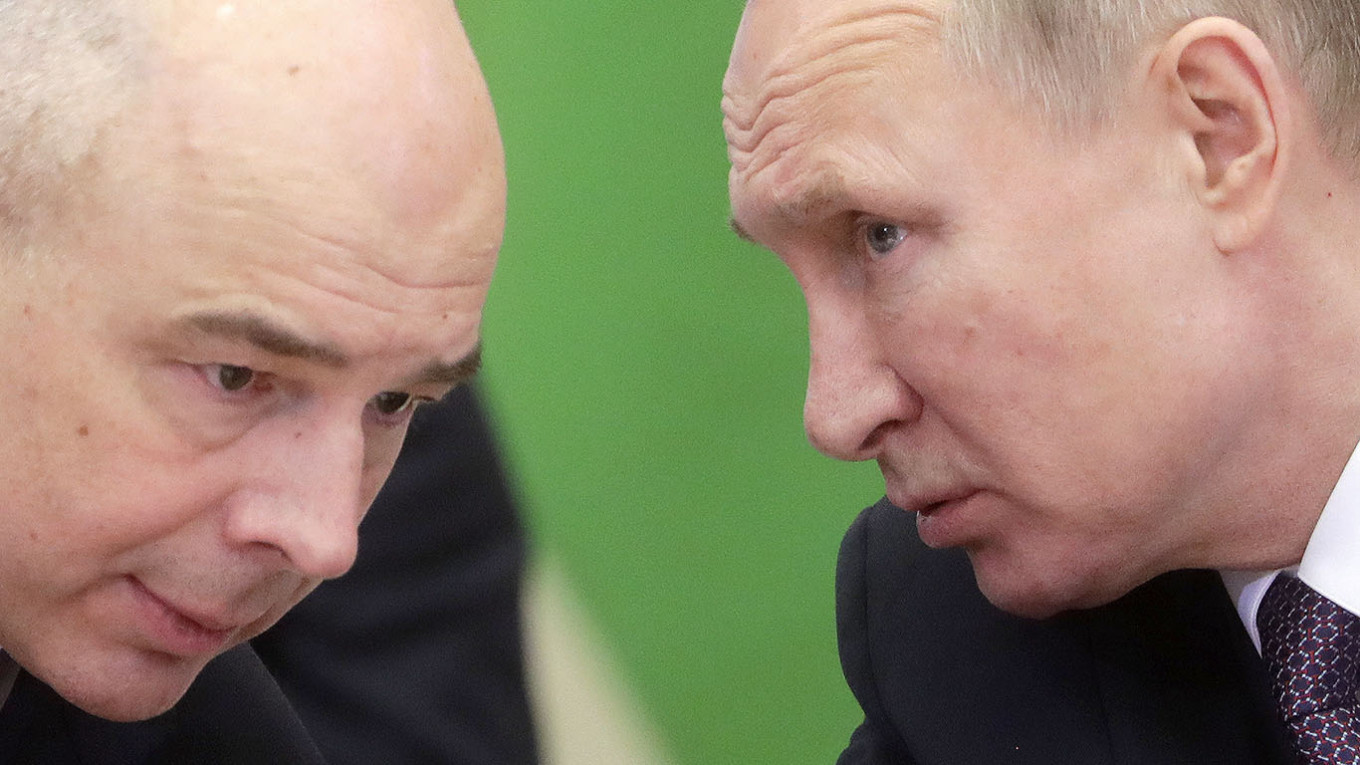Hopes from Russian authorities to lure Western investments into the domestic stock market have not yet come to fruition, as investors from “unfriendly” nations remain largely indifferent to new government-endorsed accounts aimed at safeguarding their funds from being frozen.
In July, President Vladimir Putin issued a decree permitting non-residents to deposit into a new account type referred to as “In” accounts, allowing investments in Russian securities, deposits, and derivatives under the assurance that their funds would remain untouched. The Central Bank specifically designed these accounts to facilitate new foreign capital inflows.
“We have not yet received any applications,” noted Filipp Gabuniya, Deputy Governor of the Central Bank, on Thursday.
These accounts are accessible to individuals from all nations, whether categorized as “friendly” or “unfriendly,” with the goal of drawing in fresh capital while existing foreign investments are still locked in what are termed “C” accounts.
The funds in these frozen accounts, which include revenues, interest, and dividends from Russian assets, cannot be converted to foreign currencies or withdrawn without government consent.
According to estimates from the Gaidar Institute, foreign investments in Russian stocks and bonds amount to approximately $192 billion. At the beginning of 2024, the total value of the frozen C accounts surpassed 1 trillion rubles (about $11.9 billion), while the Central Bank has indicated that around 6 trillion rubles (approximately $71.4 billion) would be necessary to repurchase these frozen assets.
Officials from the Finance Ministry stated that the interest from non-residents in this new financial mechanism tends to fluctuate in response to geopolitical events.
At the beginning of 2025, following the announcement of the decree but before it was enacted, foreign investors purchased Russian government bonds (OFZs) during Finance Ministry auctions, though the amounts were relatively minor considering the size of the market.
Earlier, Deputy Finance Minister Ivan Chebeskov referred to prior investments as “cowboy money,” describing risk-takers who were willing to invest in spite of sanctions, but acknowledged that the overall inflows were limited, amounting to hundreds of millions of dollars.
Deputy Finance Minister Alexei Moiseev voiced optimism, suggesting that the attractive yields could eventually draw in investors.
“Despite the circumstances, the allure of profit prevails. The high returns here will undoubtedly attract foreign capital once investors feel secure in their ability to withdraw funds,” he stated.
In the meantime, Putin has set a national development goal to increase the capitalization of Russia’s stock market to 66% of GDP by 2030. Central Bank Governor Elvira Nabiullina has repeatedly stressed that gaining investor trust is crucial for achieving this objective.
Russian authorities defend the freezing of foreign assets as a countermeasure to the loss of around $300 billion in Russian reserves held abroad, claiming it has helped to stabilize the financial system following the onset of the conflict.
Some officials also regard the frozen assets as a financial buffer in case reserves are confiscated, with First Deputy Governor Vladimir Chistyukhin describing them as an “exchange fund.”
However, strategies like compelling foreign investors to divest assets at significant discounts — initially set at 50%, later increased to 60% — or imposing a 35% exit tax on companies departing Russia, complicate the official rationale that these asset freezes are solely a defensive maneuver.

